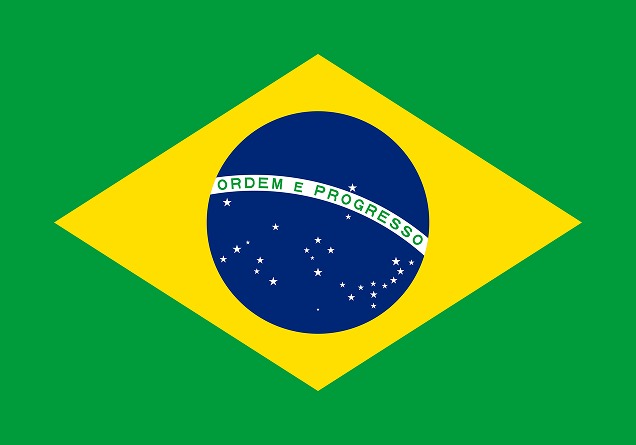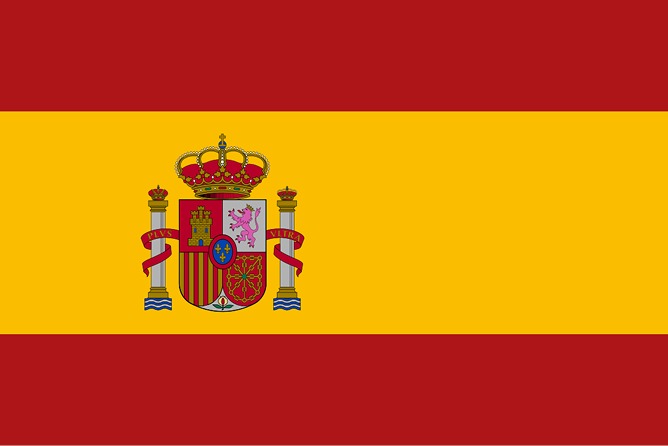No podemos encontrar internet
Intentando reconectar
¡Algo salió mal!
Espera mientras volvemos a la normalidad

Deforestation Control at Rural Properties in Pará: a strategy using the PrevisI risk model
22/07/24| Título | Deforestation Control at Rural Propertiens in Pará: a strategy using the PrevisIA risk model |
| Autores | Alexandra M. Alves Carlos M. Souza Jr. Stefany C. P. Costa |
| Ano de publicação | 2024 |
| Download | https://selperbrasil.org.br/wp-content/uploads/2024/11/233.pdf |
Introduction
Pará, the state with the highest contribution to deforestation in the Brazilian Legal Amazon, accounted for 38% of total deforestation from 2021 to 2023 (Albernaz, 2023; INPE, 2023). Controlling deforestation in Pará, the second-largest Brazilian state (IBGE, 2022), is challenging due to its vast territorial extension. Moreover, deforestation control is conducted chiefly after deforestation detection, with no or minimal preventive actions. PrevisIA, a platform created to predict deforestation risk in the Amazon in the short term (i.e., within a year), can identify critical areas and prevent deforestation. PrevisIA’s risk model uses historical deforestation, topographical data, water bodies, distance to protected areas, and socioeconomic data (Sales et al., 2017). In addition, the model relies on an Artificial Intelligence (AI) algorithm that annually identifies the emergence of unofficial roads in the Amazon (Botelho et al., 2022), considered one of the most predictive variables in the PrevisIA model, with 95% of the accumulated deforestation in the Amazon has occurred within 5.5 km of them (Barber et al., 2014), and 90% of the annual fires occur within 4 km of them (Kumar et al., 2014). Public agencies can use the PrevisIA risk maps, which identify the probability of deforestation, to guide resource allocation decisions and implement command and control actions to prevent illegal deforestation (Sales et al., 2017). When comparing actual deforestation from Prodes (INPE, 2023), the PrevisIA model predicted deforestation from 2021 through 2023 with 70-75% accuracy within 4 km (Imazon’s unpublished data). The Rural Environmental Registry (CAR) is a tool for environmental and economic control, monitoring, support the implementation of the Brazilian Forest Code, and planning (Brandão et al., 2016). The CAR system requires rural properties to submit a self-declaratory electronic document providing information on their boundaries and land cover. This data is essential for identifying and protecting forest areas, as established by the Brazilian Forest Code (MAPA, 2023). Combining the CAR data with PrevisIA can identify critical rural properties to prevent deforestation. In this study, we assessed the PrevisIA accuracy to predict deforestation at the property level in areas registered in the CAR system in different risk levels for 2021, 2022, and 2023 in Pará. In addition, we pointed out the critical areas in which to control deforestation and proposed a strategy targeting rural properties that contribute to deforestation in this region.
 PT
PT
 ES
ES
 EN
EN

